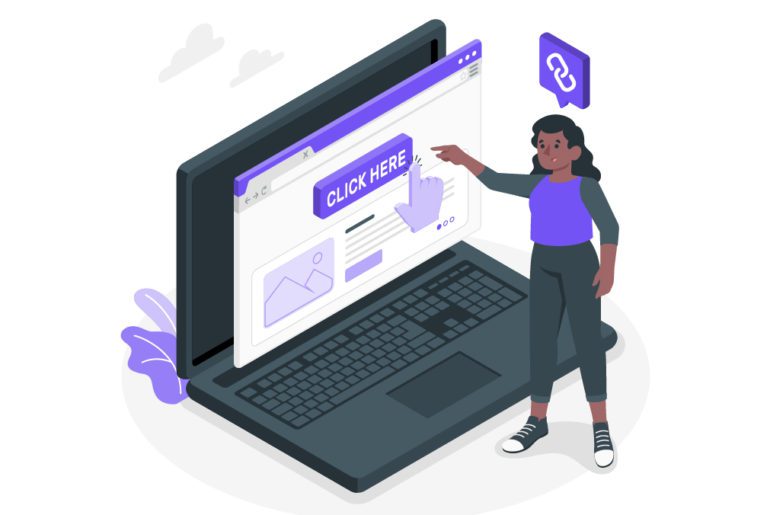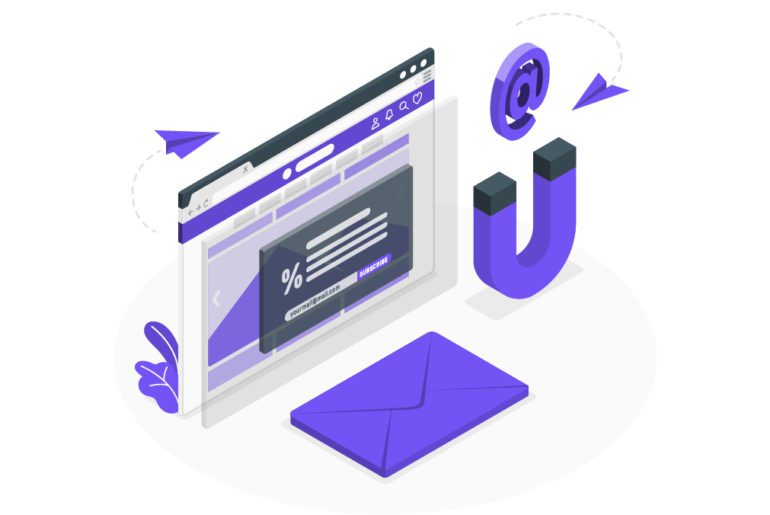Processing emails is a part of the happenings of the corporate world. But too much of anything is just harmful. Knowing how long and how much you should process your emails is also a habit. Designing an email diet is hence a necessity for us. This article runs us through what an ideal email diet looks like and how we can form one for ourselves.
The ideal email diet
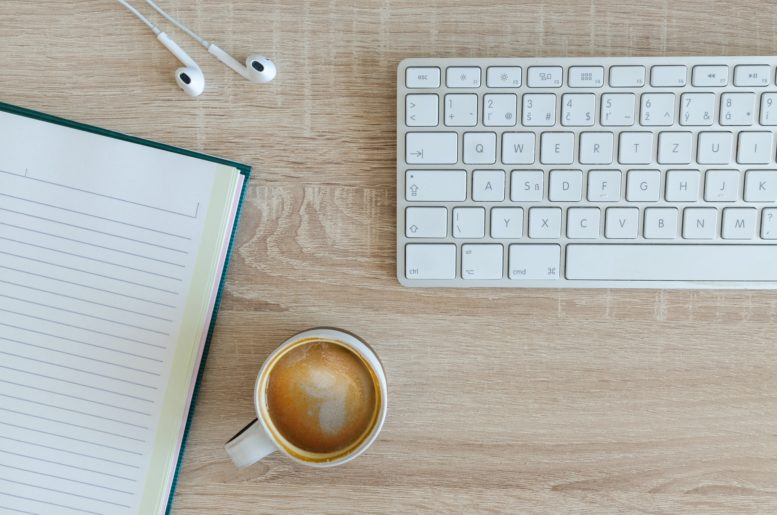
As diverse as our email management habits are, here is a quick look at an ideal email diet.
- New email check + scanning + super-fast responses: 2 minutes every 20 minutes
- Non-critical responses: 10 minutes or 5 emails every 90 minutes
- Processing “the pile”: 2 minutes every hour + 15 minutes at the end of the day
- Metawork: 15 minutes twice a week
- Further culling, responding, and clearing “the pile”: Through the day, as available, in 5-8 minute dashes.
Breaking down the ideal email diet

Now that we have some idea of what an email diet looks like, let us understand why it works. This will also help us formulate an email diet for our basic needs too.
1. Once an email arrives in your email inbox
Once you know that an email is important, decide your course of action. Your response to an email intended for you should be one of these for better time management:
- If you can reply to the email in under a minute, do it right away. DO NOT postpone it.
- If an email requires another quick task before replying, do it after you are done with the current task at hand.
- If an email needs a longer time to be replied to, flag or star it and schedule it as a task in your task manager.
- This enables you to manage your emails better while also allowing you to be more time efficient.
Any email that does not require any of these above actions will be sent to an ‘archive’ folder. This makes sure that you rid your main inbox of any emails that you can not work on. At the same time, saving it in an archived folder ensures that you do not lose important emails. Thus you act on and consume data that is healthy for you and your email diet.
2. Processing each email for a healthy email diet
Here we deal with those flagged emails. You open your flagged emails to find various emails that need different responses. Some of them are urgent and important while some seem completely redundant. Dealing with these emails needs an email cheat that brings you to a set of questions:
- Is this email relevant to me? Does this need my attention or delegation?
- How old is this email? Is it still important?
- Is it a work email or a personal one?
These questions can prove instrumental in assessing your email and inbox needs. Answering these questions can make it simpler for you to prioritise what emails you need and what is no longer important. From there on, reduce the number of flagged emails by getting them done or adding them to an archived folder if necessary. Feel free to even delete or delegate emails if you deem appropriate.
3. The finishing touches
Now that we are done with the heavy processing that keeps our email diet clean, it is time for the final touch. The archive folder eventually becomes home to too many emails that might be important in the long run. Taking a look at them might prove helpful. But this activity should be done in amounts that are healthy to our email diet. So as important as the archive folder is, exercise restraint in this email management.
Benefits of a healthy email diet
Having a healthy email diet has many obvious benefits. Here are a few to motivate you to have a healthy diet too:
1. Lesser distractions
We are surrounded by distractions all the time, no matter what we do. During work especially, it is easy to get distracted by the many things that call for our attention. Constant email notifications can form a major chunk of these distractions. Not only does this affect our focus and concentration, but it also negatively affects our productivity.
As more and more distractions catch our eye, the more often we leave the task at hand to attend to a new email or a new reply. Thus we need to refocus our attention on the task every time we get distracted which lowers productivity. This also affects time efficiency as we take longer to complete our tasks. Putting our email notifications off is one way of reducing distractions.
2. Better sense of priority
Prioritizing tasks is an important tip for productivity. Your tasks should be set and prioritized such that the most important task is scheduled at a time when you are most alert. This time, typically, in the morning when our energy levels are at their highest. For some people, this time could be later at night or after a workout or after a meal. It could be helpful to wane off all emails during your productive hours. This sense of priority lets you give your best to your tasks and to your emails later.
With higher energy and alertness in your productive hours, there will be a better chance of you performing the task in the best way possible. As the quality of your work improves, so do your productivity levels. This is yet another way in which email dashes can reach you to inbox zero and improve productivity.
3. Easier deep work
With the amount of tasks that end up in our hands everyday, it is easy to confuse ‘quantity’ with ‘quality’. The high number of tasks and emails can easily overwhelm a person. One must never sacrifice delivering good quality work in the guise to complete a few more tasks. And with the prevalence of technology and its distractions, it can be very easy to lose track of the quality of work.
Focus and concentration at a particular task is the basis of achieving better productivity. This ensures that one pays optimum attention to a task at hand. All factors that can lower productivity, like distractions, disturbances, shallow work, etc, are kept at bay. Thus this ensures better quality of work as deep work acts as a tool for productivity.
Make your own email diet
Designing your email diet is a lot about understanding your email management habits. Assessing yourself and your email inbox helps to nail e mail management to perfection. Using the above tips will not only help you have a healthy email management system but also lead you to a healthy life.
1. Schedule email processing timings to avoid wasting time in emails.
2. Setup inbox rules and filters to control incoming spam.
3. Turn off email notifications to reduce distractions.
4. Categorize emails into folders.
1. Have a clear subject line in your emails.
2. Write quick concise emails.
3. Avoid CC-ing unnecessarily.
1. Open your company email according to a set email schedule to avoid wasting time.
2. Organize your inbox with labels, folders, and categories.
3. Unsubscribe form newsletters to reduce bulk emails.
1. Write concise emails.
2. Make the subject lines very clear and concise.
3. Proofread for grammar before sending the message.
4. Ensure a polite tone in your emails.
1. Take action immediately on incoming emails.
2. Set email processing schedules.
3. Write quick concise emails with clarity.
4. Unsubscribe from newsletters that crowd your work email inbox.
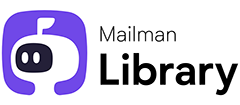
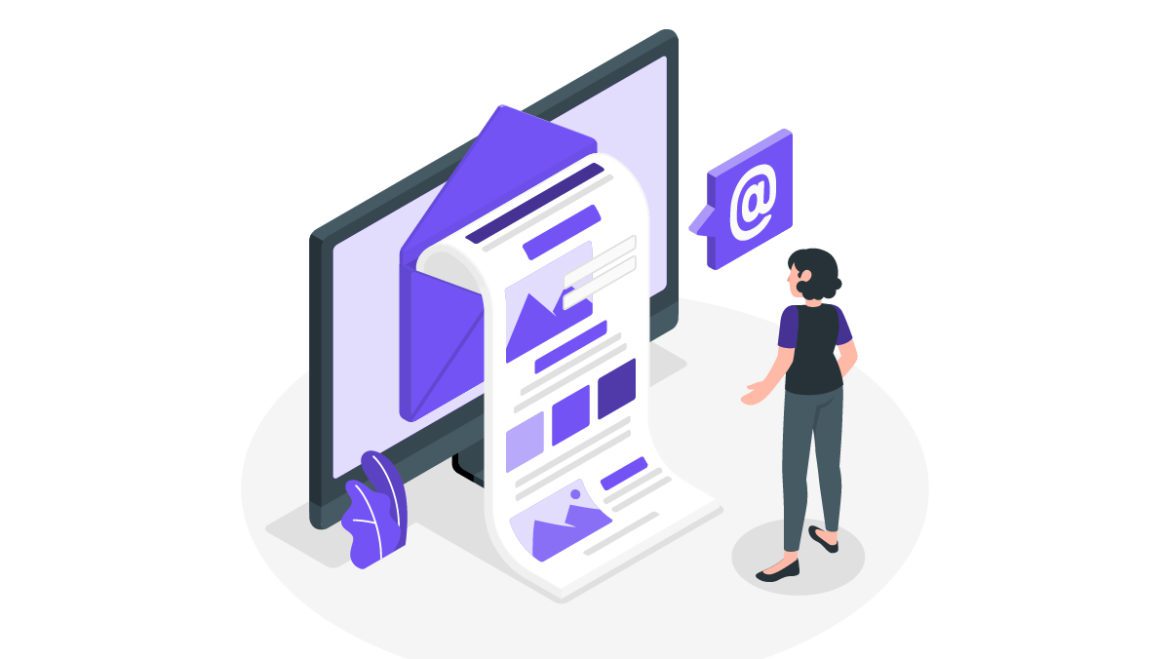
![10 Best Email Organizer Apps [Tried & Tested] email organizer app](https://library.mailmanhq.com/wp-content/uploads/2021/05/The-3-Best-email-Organizer-app-For-C-level-Executives-770x515.jpg)
